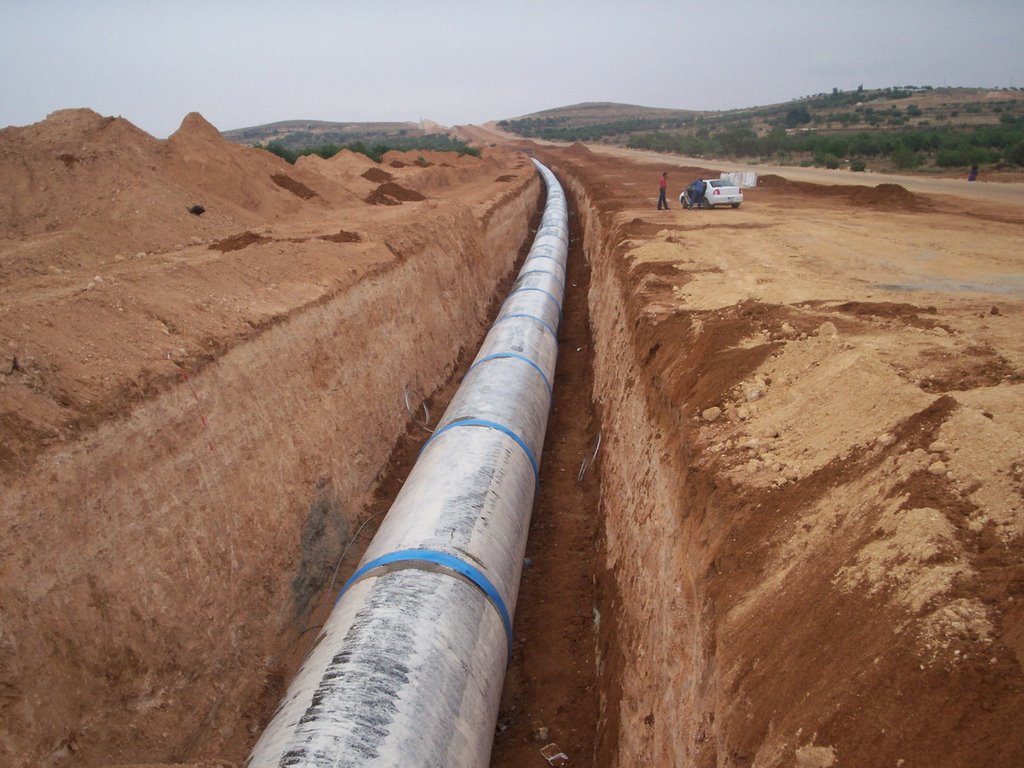
One of the biggest civilian development project that Libya’s ex-president Muammar Gaddafi undertook during his forty-two-year rule was the Great Man-Made River. Gaddafi’s dream was to provide fresh water for everyone, and to turn the desert green, making Libya self-sufficient in food production. To make this dream a reality, Gaddafi commissioned a massive engineering project consisting of a network of underground pipes that would bring fresh water from ancient underground aquifers deep in the Sahara to the drought suffering Libyan cities. Gaddafi called it the “Eighth Wonder of the World”. The western media rarely mentioned it, and whenever it did, it was dismissed as a “vanity project” calling it “Gaddafi’s Pet Project” and “the pipe dream of a mad dog”. But truth is, the Great Man-Made River Project is a fantastic water delivery system that has changed lives of Libyans all across the country.

Photo credit Nenad Markovic
Libya is one of the sunniest and driest countries in the world. There are places where decades may pass without seeing any rainfall at all, and even in the highlands rainfall seldom happens, like once every 5 to 10 years. Less than 5% of the country receives enough rainfall for settled agriculture. Much of Libya’s water supply used to come from desalination plants on the coast, which were expensive and therefore used only for domestic purposes. Little was left for irrigating the land. Continue reading →





 Bobby Sands once wrote: “Of course I can be murdered. But I remain what I am, a political POW, and no one, not even the British, can change that.”
Bobby Sands once wrote: “Of course I can be murdered. But I remain what I am, a political POW, and no one, not even the British, can change that.”


